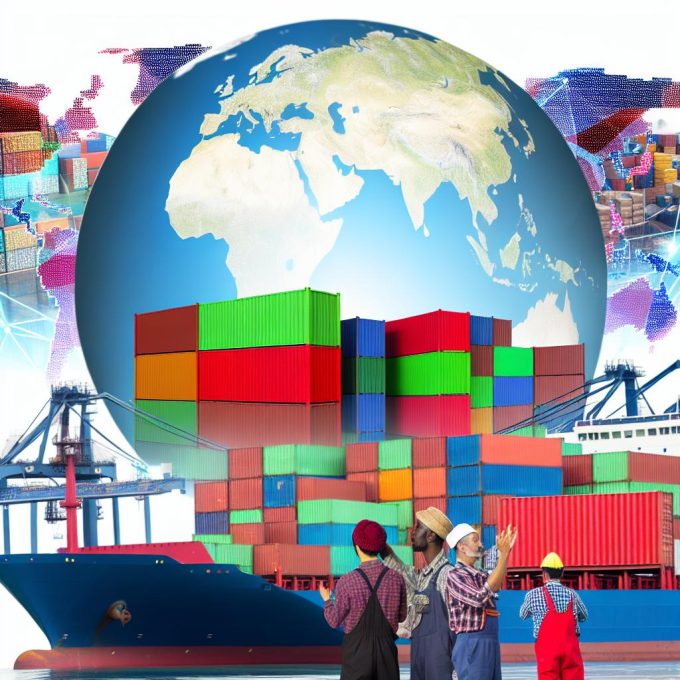Introduction
In the vast realm of global commerce, the ISO container stands as a cornerstone, underpinning the logistics and transportation sectors with its profound utility. Developed by the International Organization for Standardization (ISO), these containers have transformative impacts on global trade dynamics. An examination of their function sheds light on the intricacies of modern supply chain management.
Standardization and Versatility
At the heart of the ISO container’s utility is its standardization. The consistent dimensions and design ensure easy stacking and efficient transport across varying conveyance methods such as ships, trains, and trucks. Such uniformity not only reduces handling time but also cuts costs. ISO containers are available in diverse forms and sizes. While the 20-foot and 40-foot long containers dominate, there are also specialized types, such as refrigerated containers, known as reefers, and high-cube containers, which are taller and accommodate larger volumes.
Shipping and Transportation
These containers are crafted for seamless transitions across transportation modes, embracing the concept of intermodal transport. This adaptability allows for the quick transfer of containers between ships, rail, and road transport with minimal interruptions. Such fluidity in movement streamlines logistical operations, enabling companies to optimize their supply chains effectively. The result is accelerated delivery timelines and reduced expenses, benefits that resonate throughout the industries leveraging these containers.
Protection and Security
ISO containers offer considerable protection for goods during transit. Their robust design safeguards the contents from environmental conditions like harsh weather and physical impacts. Moreover, they add a significant layer of security against theft and tampering, a crucial aspect when transporting valuable or sensitive items. Ensuring the integrity of goods during their journey is imperative, and ISO containers provide a reliable solution for such needs.
Facilitation of Global Trade
The introduction of ISO containers has played a substantial role in harmonizing shipping practices worldwide. By simplifying customs processes and reducing delays at ports, these containers lower international trade barriers. The efficiency afforded by containerization underpins the rapid globalization of commerce, allowing for smoother and more predictable flow of goods across borders.
Environmental Impact
With all their advantages, ISO containers also bring environmental considerations. Their production and eventual disposal can contribute to a carbon footprint. Recognizing this, the logistics sector is exploring initiatives to alleviate these environmental impacts. Investing in eco-friendly technology and optimizing shipping pathways are among the strategies to enhance environmental stewardship while continuing to benefit from containerized transport.
Conclusion
Modern logistics greatly rely on ISO containers due to their standardization, adaptability, and security, which are critical for effective global trade. By providing efficient solutions for transporting goods across different channels, they improve supply chain management and are integral to the global economic framework. To delve deeper into this subject, one can refer to the ISO’s official documentation, which offers comprehensive insights into the standards and applications of these containers.

